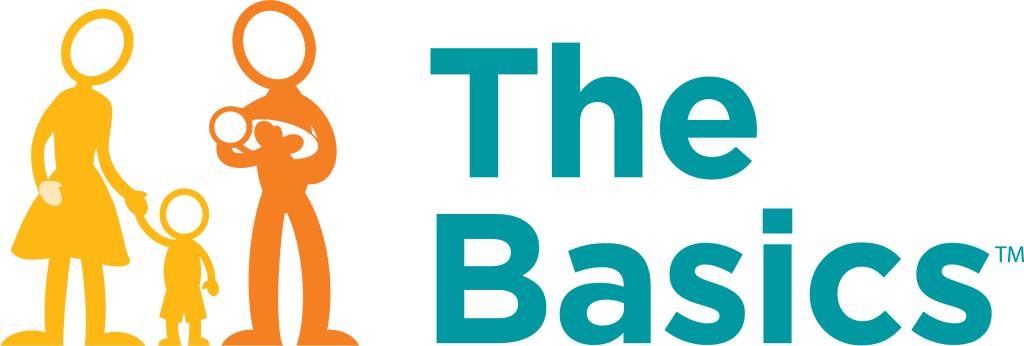
Read and Discuss Stories
WHY?
The more we read with young children, the more prepared they become to enjoy reading and to do well in school. It is never too early to begin reading! Stories expose children to words and ideas that they would not otherwise experience. Books teach children to use their imaginations. What they learn about people, places and things can be important building blocks to later life success. For both parents and children, times together with books form fond and lasting memories.
Read Regularly Make book time part of your baby’s daily routine. They won’t understand for a while, but that’s fine. What is important is that they hear your words, see the pictures and start to develop positive feelings about books.
Keep It Simple If you can, choose books that are sturdy, short and have simple, colorful pictures.
Snuggle Up Hold your child in your lap as you read so they can see the pictures and feel cozy.
Describe the Pictures With infants, you don’t need to read the words on the pages. Instead, describe what is happening in the pictures. Talk about the colors, shapes and what the characters are doing. Point to the page when you do this.
Speak with Expression Use an exaggerated voice to make it more interesting!
Actively Involve Them As your baby develops coordination, involve them more in the reading experience. Let them hold the book or turn the pages.
Follow Their Lead Let your child guide the reading experience. When they start to lose interest, try another book or stop. Not being forced to keep going will keep them excited about reading!
Name That Name and talk about the parts of the pictures your child points at or is interested in.
Show Your Interest When you read, make an effort to show how interesting the story is to you by using your voice and facial expressions. Say “I want to know what happens on the next page.”
Commit to Read Every Day Try to set aside 15 minutes every day to read together. Get books from your local library.
Warm Up Before you open the book, check out the cover. Read the title. Look at the picture. Ask your child what they think the book might be about.
Read and Discuss Your toddler will learn the most if you have discussions while you read. Respond to their comments and questions about the story. Ask questions that get them thinking. “Why is the boy sad?” “What do you think is going to happen next?”
Help Them Follow Along Point to the words and pictures. This helps your toddler understand how reading works. For example, “We read from left to right on the page.”
Use Expression Use your best reader’s voice! Trying different voices for each character is fun.
Enjoy the Pictures Talk about what is happening in the pictures. You can talk about the colors and shapes you see or what the characters are doing.
Don’t Be Too Serious Make it fun! Your toddler may want to turn the page before you’ve finished it. If they can’t sit still for the whole book, that’s okay.
Set a Great Example If toddlers see grownups reading and know that they enjoy it, they will learn that reading is a fun and important part of life.
Make a Card Help your child make cards for your loved ones. Fold the paper and give them some crayons or markers to decorate. Deliver the card or help them put it in the mailbox.
Look for Letters Look for letters when you’re with your child. Try to find the first letter of their first name. See how many places you can find it while reading or on packaging or signs.
Re-Read Toddlers learn through repetition, so it is normal when they want to read the same book over and over again. Notice how proud they feel when they master the story. But try for variety too, because new books offer different things to see, hear and learn.
Act It Out Your child might be inspired to play based on the stories you read. Can they follow the characters’ actions? What toys or objects might be props?
Ask Questions “What do you think will happen next?” or “Why is the girl happy?” Respond to your child’s comments and questions. Show interest in their ideas.
Make Connections Help your child make personal connections to the stories you read. For example, “Do you remember when we saw the fire truck? How did it sound?”
Ask Open-Ended Questions “What do you think will happen next?” “Why is he sad?” After asking, give your child time to think and respond.
Pause For New Words Pause to talk about words your child doesn’t know. “That’s a ‘beetle.’ It’s a type of bug.”
Talk About Feelings When you read a story together, point to a person in the book and ask, “How is he feeling?” When your child responds, ask if they have a guess about why. They can look for clues in the pictures.
Look For Letters Out in public? Find items with labels, like a TRASH CAN, and encourage your child to identify the letters they know and sound out the word.
Switch Roles Pick a book that you and your child have read several times. This time, have them “read” the story to you. They can describe what is happening in the pictures.

